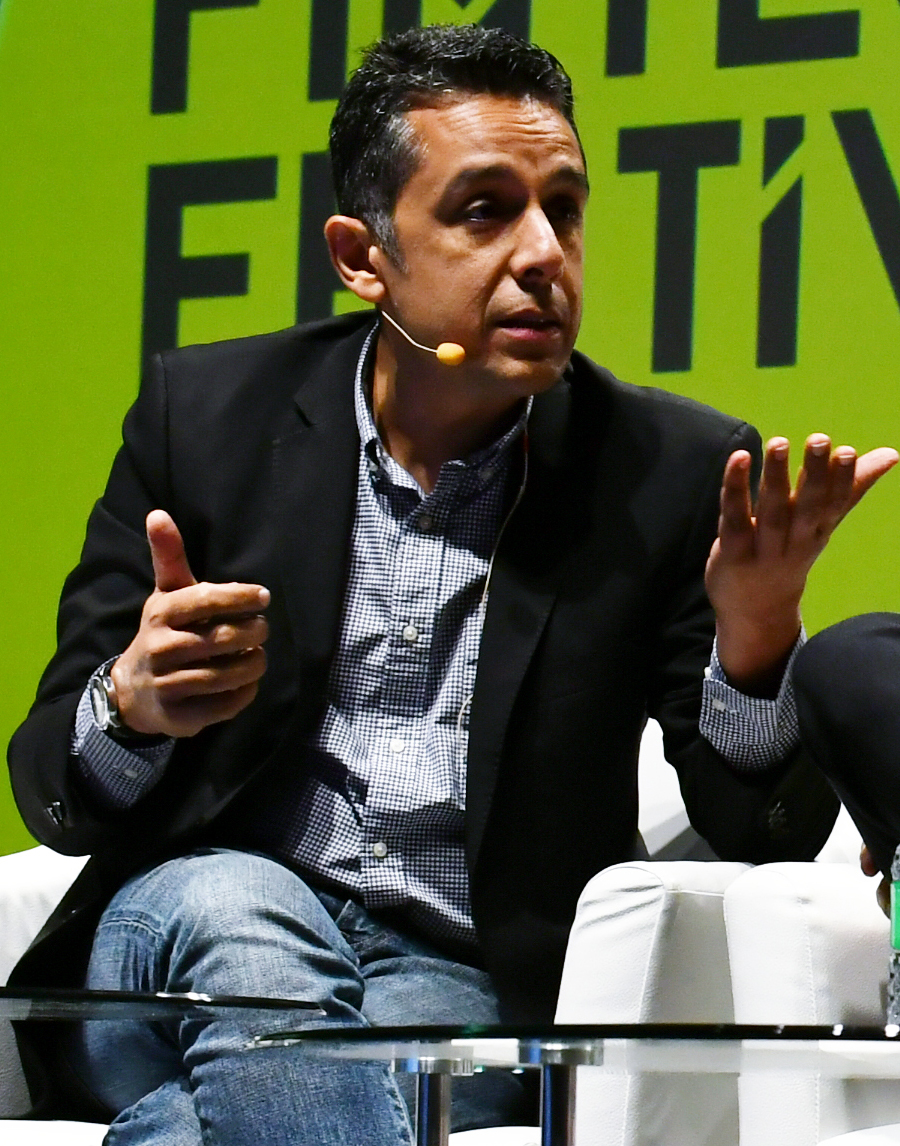
ANNOUNCEMENT
Award Winning
Percipient is delighted to have been selected for a SR 2017 Leadership Award For Essential Business Services in Asia.
The Silicon Review magazine, published from Silicon Valley, California, is a business and technology magazine for tech decision makers and enterprise IT. It is the most trusted source of news and information for business professionals. the
The “Leadership award for essential business services in Asia” list is a printed annual edition to highlight companies providing best solutions and services related to IT by using latest technology trends. Percipient is one of 10 Asia-based companies included in SR’s 2017 list.

Welcome, Sujatha
Percipient warmly welcomes Sujatha Ramanathan as its India Business Head.
Sujatha is a senior banker with over 17 years of transaction banking experience , providing products and solutions to marque industry names in India. During her seven years as Senior Vice President at HSBC India, she was responsible for the bank’s cash management business, and successfully developed long lasting relationships with a large number of multinationals and domestic corporate clients.

CEO’s DESK
Banks are data companies with banking licenses. Here’s why.
What makes a company valuable today? I believe its the company’s ability to monetize the data it holds on its customers, past, present and future. While the role of technology is significant, it is no more than an enabler. Given this, it seems appropriate for banks to shift from branding themselves as “technology companies with banking licences”, to “data companies with banking licences”.
Banks today have data that many Internet companies would kill for. Yet JPMorgan, the world’s most valuable bank, with a history (read ‘data’) going back 218 years, is valued at less than half of the $500Bn both Facebook and Amazon companies breached just last month.
This is set to change once bank overcome their Achilles hee lie legacy technology that is siloed, slow, expensive, and risky. However, at their core, banks are trying to get a better grip on their data. For example, real time technology makes sense not for technology’s sake, but because it can drive real time intelligence and decision-making.
Fundamentally, the tech ecosystem that banks are building must allow customers to take the right financial decisions based on personalized data, competitive information and trends. Over the near to medium term, this ecosystem must share data seamlessly and confidentially with other platforms and applications – health, tax, retail, transport, and many others – to the benefit of the bank customer.
Hence, banks will serve the needs of all stakeholders better if they see themselves underpinned by data, rather than simply by technology.
This is a summarised version. The full article was posted by Navin on linkedin.

Navin Suri
WHAT IS?
What is In-Memory Computing (IMC)?
By Ravi Shankar Nair, CTO, Percipient
Find out why Gartner says in-memory technologies, integrated into a single platform, is the way of the future
In-Memory Computing (IMC) has traditionally been split into several key areas. Typically included are In-Memory Data Grid (IMDG) and In-Memory Data Base (IMDB) technologies. However, IMC can also encompass innovations such as In-Memory Data Fabric (IMDF) (eg Apache Ignite), In-Memory Compute Grid (eg Apache Spark), and In-memory Analytics and Real Time Visualisation.
These solutions have emerged largely independent of each other, but according to Gartner’s 2017 report,such divisions are fast eroding: “…the current separation between IMDG, IMDBMS, stream analytics and possibly other IMC technologies will increasingly blur during the next three to five years to give birth to a unified IMC platform, which will absorb most of the capabilities of these technologies.”
Percipient sees this as an irrepressible trend and believes there is much enterprise value to be gained from consolidating IMC technologies. With enterprises now looking to make the shift to high performance analytics, there is a natural willingness to give such consolidated platforms a go. After all, why not extract the best possible returns from investments in commodity-based, memory hardware. And why not share hyperscale in-memory computing power with business and data analytics teams, instead of confining these benefits to technology teams, as is the case currently.
In fact, it seems to me that there are fewer and fewer reasons to keep IMC systems segragated by their specific workloads. Rather, as Gartner argues, an integrated platform represents the way of the future, thereby spurring an in-memory market that Gartner projects to grow by about 17% annually from US$ 6.8 billion in 2016 to a formidable US$15 billion by 2021.
This means that, instead of traditional best-fit assessments of IMC tools, enterprises now have the option to migrate many of their data management tasks to a comprehensive in-memory ecosystem. Percipient offers just such an option, by incorporating a range of in-memory components such as distributed caching capabilities, cluster-based data processing, non-disk data storage, and virtual file systems, into a single platform that addresses many of an enterprise’ s greatest computing challenges.

